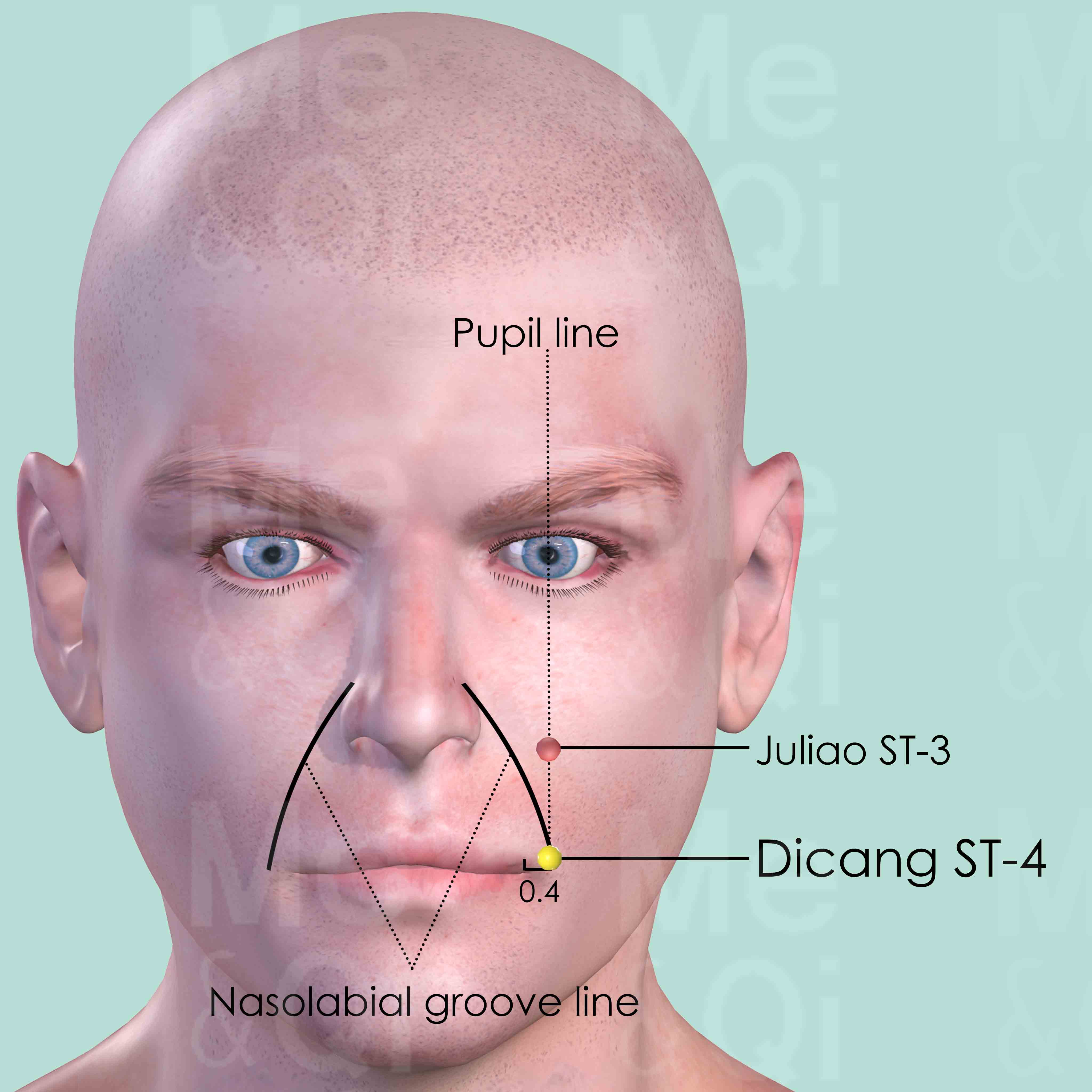Moving Eyeballsaccording to TCM
Symptom family: Eye Disorders and Symptoms
What is Moving Eyeballs?
Moving eyeballs, medically referred to as involuntary eye movements or ocular nystagmus, is a condition characterized by uncontrolled and repetitive movements of the eyes. These movements can be horizontal, vertical, or rotary and may affect one or both eyes. While it's normal for eyes to move as part of regular vision, involuntary movements indicate an underlying issue. This condition can lead to challenges with vision clarity, focus, and coordination, impacting daily activities.
How does TCM view Moving Eyalls?
Traditional Chinese Medicine (TCM) offers a unique perspective on the symptom of moving eyeballs. In TCM, such involuntary movements are often seen as indicators of underlying imbalances in the body's vital energies. This condition might be associated with Liver Wind, a TCM term describing a state of imbalance where 'Wind' affects the liver meridian, leading to symptoms like involuntary movements.
TCM also considers factors like Yin Deficiency or internal dampness that could contribute to this condition. Identifying the correct pattern of disharmony is crucial in TCM for providing effective treatment.
Acupoints for Moving Eyeballs
In TCM, acupuncture is a key method for addressing various health concerns, including moving eyeballs. Specific acupoints are selected to target the underlying patterns of disharmony contributing to the condition.
One such point is Dicang ST-4 in the Stomach Channel. Located lateral to the corner of the mouth, directly below Juliao ST-3, Dicang ST-4 is known for its actions in expelling Wind and removing obstructions from the channel. Stimulating this point can help in managing the symptoms associated with involuntary eye movements, aligning with TCM's holistic approach to healing. The choice of acupoints will be tailored to the individual's specific needs and the identified pattern of imbalance.
See more details below about Dicang ST-4, an acupoint used to address moving eyeballs.
- By Meridian
- Stomach Channel

